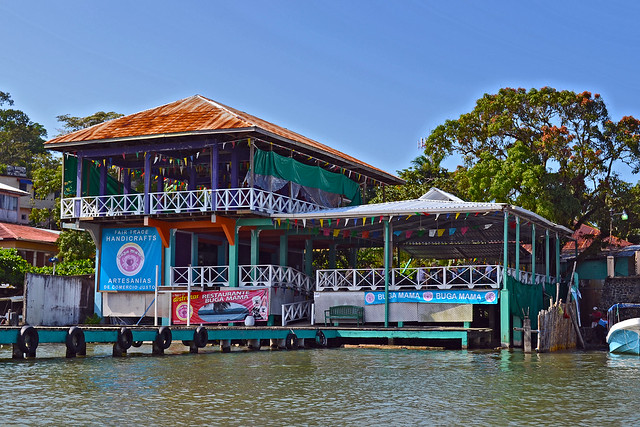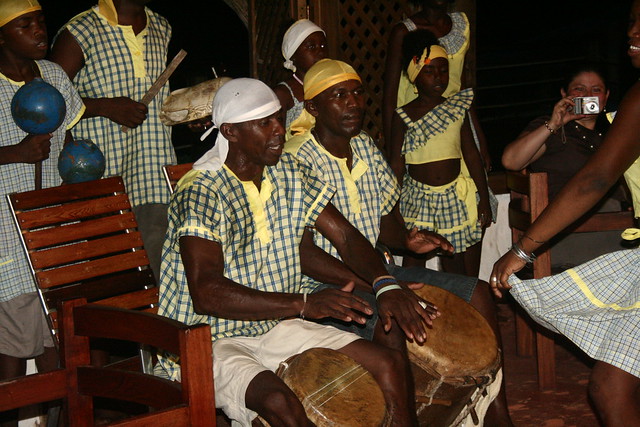by Cristóbal Ramírez
Guatemala might bring many things to mind – the ancient Mayan majesty of Tikal…the present-day culture of their descendants in places like Chichicastenango and Atitlán…the colonial elegance of Antigua. But this Central American country also has a small sliver of Caribbean coast, and this is another, unexpected Guatemala altogether.
Livingston is a small barefoot town on this coast that can be reached only by ferry or motorboat from two other towns, Puerto Barrios and Río Dulce which are practically big cities in comparison. And you’ll notice, too, that the town’s name is very unlike any other in this country. That’s because this is the Garifuna coast, like that of neighbouring Costa Rica, Nicaragua, and Honduras, settled generations ago by Afro-Caribbeans from Jamaica, where English is still spoken to this day and traditional customs like reggae music and foods like cassava bread still part of the local culture.
It’s a veritable slice of the old-time Caribbean, with modest, low-slung houses, lush vegetation, and friendly locals who speak with their hands and greet you on the street. It’s the kind of place where everything has a casual, improvised feel to it, from the ladies selling coconut bread on the streets to the beach pavillions, which might host a dance party one night and a traditional Garifuna show the next.
Tourism is low-key but already something of a biggish deal hereabouts. Main drag Avenida de la Reforma is lined with its little hotels, pubs, and eateries, some owned by locals, others by Europeans and North Americans who left the rat race back home and went native. You’ll want to try some of the aforementioned coconut bread, as well as other tasty local specialities like banana pancakes with jam and coconut rice with red beans.
The nightlife is similarly charming and homespun, enjoying smooth Botrán rum drinks or quite good Guatemalan beer over convivial conversations and reggae or a punta show, in which locals show off their impressive mile-a-minute traditional dance moves. And last call is early, at 1am.
Just as well, because you’ll want to get out and about the next day in the surrounding area. Closer in, the town cemetery makes an interesting stop with its colourful tombs. But the major local highlights include Siete Altares (Seven Altars), a string of lovely waterfalls; and a little farther afield, by boat, Río Dulce, with the 17th-century San Felipe Castle, Lake Izabal, Amatique Bay, features along the way including water lilies, white herons, mangroves, and hot-water springs said to be “miraculous”.
A Touch of Maya
You can spend more time in this area exploring its virgin beaches and ecological treasures by continuing onward to Puerto Barrios, a town which is makes the best base for visiting another of Guatemala’s Mayan sites, Quiriguá – one you may have never even heard of but is a UNESCO World Heritage Site which boasts some impressive stelae dating from the classic period dating from 200 to 900 AD and is connected with the history of Copán in neighbouring Honduras. Stela E is the perhaps most impressive – at 35 feet (10.6 metres) the Americas’ tallest freestanding stone monument), covered with carvings of gods, monsters, and otherworldly beings. You can get here from Puerto Barrios en taxi, via guided tour, or even public bus.
Useful Facts
The tropical climate in this part of Guatemala ranges from 15 to 22 degrees Cesius (59-72° Fahrenheit). The best time of year to visit is during the dry season, from November to May.
The currency is the quetzal.
More information: VisitGuatemala.com.
Best flight deals on Iberia from the U.K., from Spain.
images | Adalberto H. Vega, [nelo]
from our blog Love2Fly


Comments